Packaging plays a crucial role in ensuring the quality, safety, and presentation of fruits and vegetables. Choosing the right packaging is essential to preserve the freshness and extend the shelf life of these perishable products. This article provides a comprehensive guide on how to choose the appropriate packaging for fruits and vegetables, considering factors such as protection, transportation, storage, and consumer appeal.
1. What Packaging Is Used for Food?
Packaging for food serves multiple purposes, including protection, preservation, information communication, and convenience. When it comes to fruits and vegetables, packaging plays an additional role in maintaining their freshness, preventing damage, and enhancing their visual appeal. Different types of packaging materials and formats are used for these products, each with its own advantages and suitability for specific purposes.
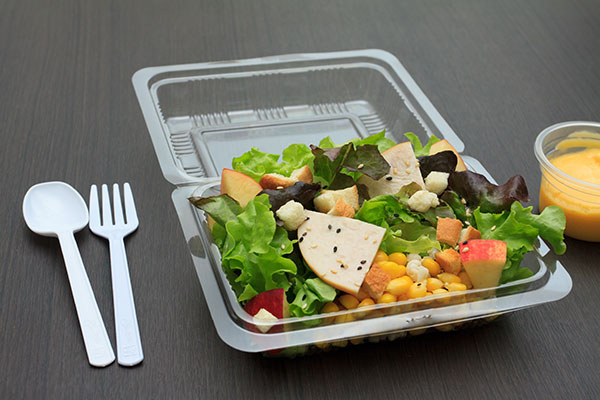
There are several primary packaging options commonly used for fruits and vegetables:
- Plastic containers: These containers come in various shapes and sizes and are often made from materials like PET (polyethylene terephthalate) or PP (polypropylene). Plastic containers provide good visibility, are lightweight, and can be sealed to maintain product freshness.
- Clamshells: Clamshell packaging consists of two hinged plastic halves that securely enclose the produce. They offer excellent protection and are commonly used for delicate items like berries or cherry tomatoes.
- Mesh bags: Mesh bags are made from woven or knitted netting material, allowing for air circulation while providing some level of protection. They are often used for products like onions, garlic, or citrus fruits.
- Cardboard boxes: Sturdy cardboard boxes are commonly employed for bulk shipments and larger quantities of fruits and vegetables. They offer structural integrity and can be stacked efficiently, making them convenient for transportation and storage.
- Biodegradable packaging: With increasing environmental concerns, biodegradable packaging materials, such as compostable plastics or plant-based fibers, are gaining popularity. These materials aim to reduce the environmental impact associated with traditional packaging options.
In addition to primary packaging, secondary packaging, such as corrugated cardboard trays or shrink wrap, may be used for grouping and protecting multiple units of produce during transportation and handling.
2. What Is the Purpose of Packaging Fruits?
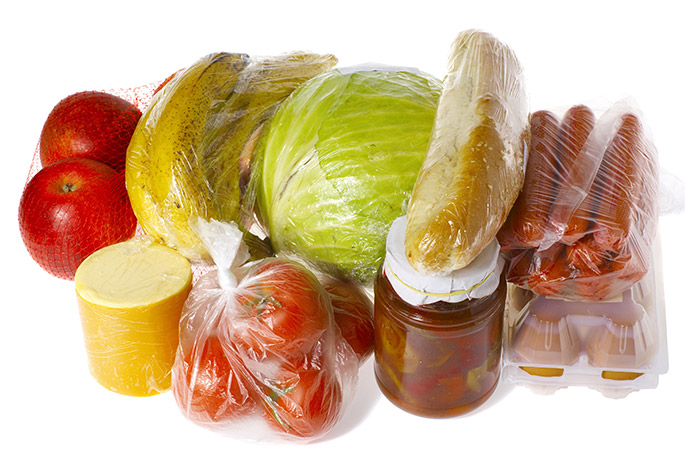
The packaging of fruits serves several important purposes that contribute to the overall quality and marketability of the products. Understanding these purposes can help in selecting the appropriate packaging for different types of fruits.
- Protection: Packaging serves as a protective barrier, shielding fruits from physical damage, exposure to contaminants, and microbial growth. It helps prevent bruising, crushing, or spoilage during transportation and storage.
- Preservation: Certain packaging materials can create a modified atmosphere within the package, controlling factors like oxygen and moisture levels. This modified atmosphere can slow down the ripening process and extend the shelf life of fruits.
- nformation communication: Packaging provides a platform to convey vital information to consumers, including product origin, nutritional facts, handling instructions, and expiration dates. Clear labeling enhances transparency and instills confidence in the product.
- Convenience: Packaging is designed to facilitate easy handling, stacking, and storage both at the consumer and retail levels. It should offer convenience features like resealable closures or portioned packs, ensuring minimal waste and maximizing convenience for consumers.
- Branding and marketing: The packaging design and visual appeal play a significant role in attracting consumers’ attention and differentiating one brand from another. Eye-catching packaging can enhance the perceived value of the product and influence purchasing decisions.
3. How Do You Package Fresh Fruit?
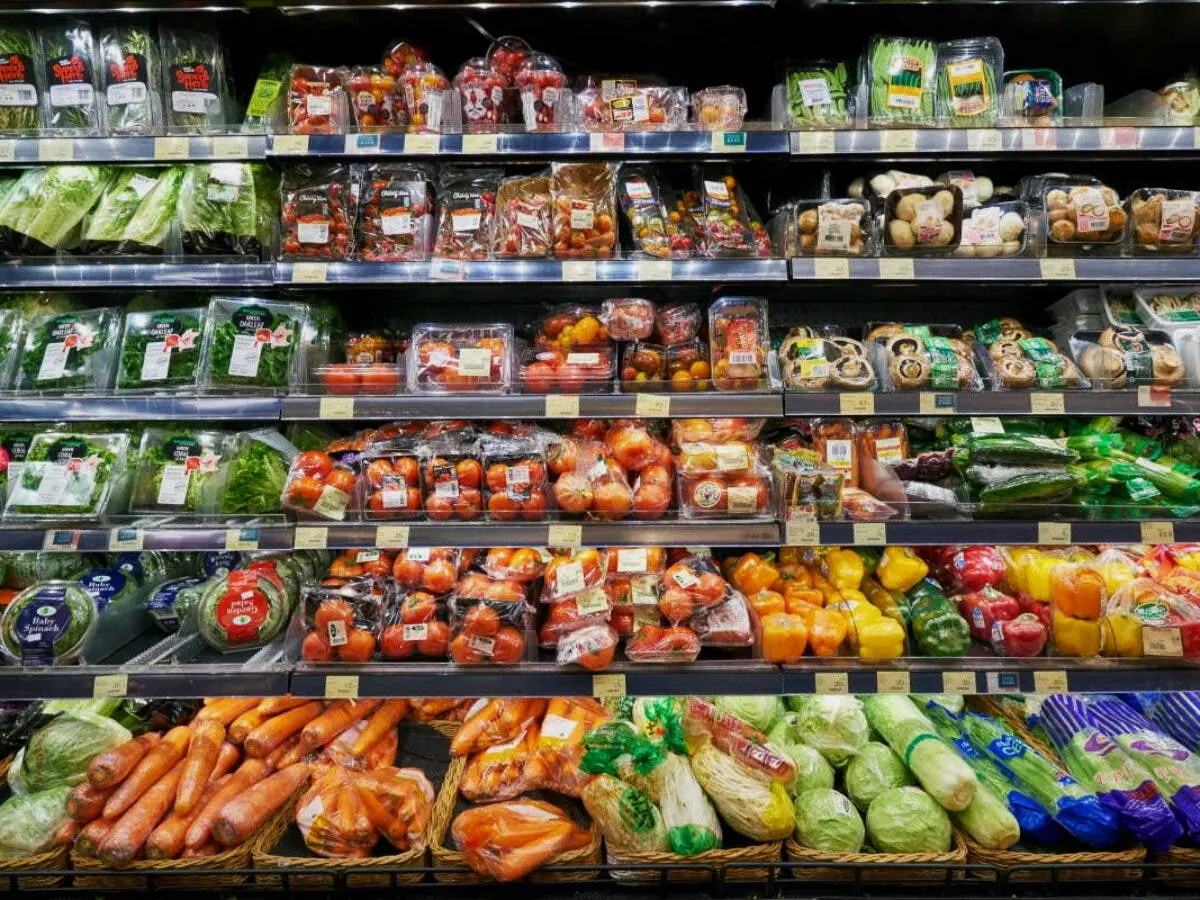
Properly packaging fresh fruit is crucial to maintain its quality and ensure it reaches consumers in optimal condition. Here’s a step-by-step guide on how to package fresh fruit effectively:
- Select suitable packaging materials: Choose packaging materials that align with the characteristics of the fruit being packaged. Consider factors such as moisture content, respiration rate, and susceptibility to physical damage.
- Clean and sanitize packaging: Ensure that the packaging materials are clean and free from any contaminants or residues that could affect the quality and safety of the fruit.
- Sort and grade the fruit: Prior to packaging, sort the fruit based on their size, color, ripeness, orother relevant criteria. This step helps ensure uniformity and consistent quality in the packaged fruit.
- Pre-cooling: If necessary, pre-cool the fruit to the recommended storage temperature to maintain freshness and extend shelf life. This step is particularly important for perishable fruits that are sensitive to temperature changes.
- Place protective layers: Line the packaging with suitable protective layers to cushion the fruit and prevent bruising or damage during transportation. Options include soft padding, absorbent materials, or dividers to separate individual pieces.
- Pack the fruit: Carefully place the sorted and pre-cooled fruit into the packaging, taking care not to overcrowd or crush them. Depending on the type of fruit and packaging format, you may need to arrange them in a specific pattern or orientation.
- Seal or close the packaging: Ensure a proper seal or closure to maintain the integrity of the packaging and prevent air or moisture exchange. This step is crucial for maintaining the desired modified atmosphere if applicable.
- Label the packaging: Apply clear and informative labels to the packaging, including product name, variety, weight, expiration date, and any other necessary information. Clear labeling helps consumers make informed choices and ensures compliance with regulations.
- Quality control: Perform regular quality checks to monitor the condition of the packaged fruit during storage and transportation. This includes checking for signs of spoilage, monitoring temperature and humidity levels, and addressing any issues promptly.
- Storage and transportation: Follow appropriate storage and transportation practices to minimize temperature fluctuations, exposure to light, and rough handling. Proper handling and storage conditions help preserve the quality and freshness of the fruit until it reaches the consumer.
4. What Are the 5 Types of Packaging for Fruits and Vegetables?
There are various types of packaging options available for fruits and vegetables, each offering unique benefits and suitability for different produce. Here are five common types of packaging used for these products:
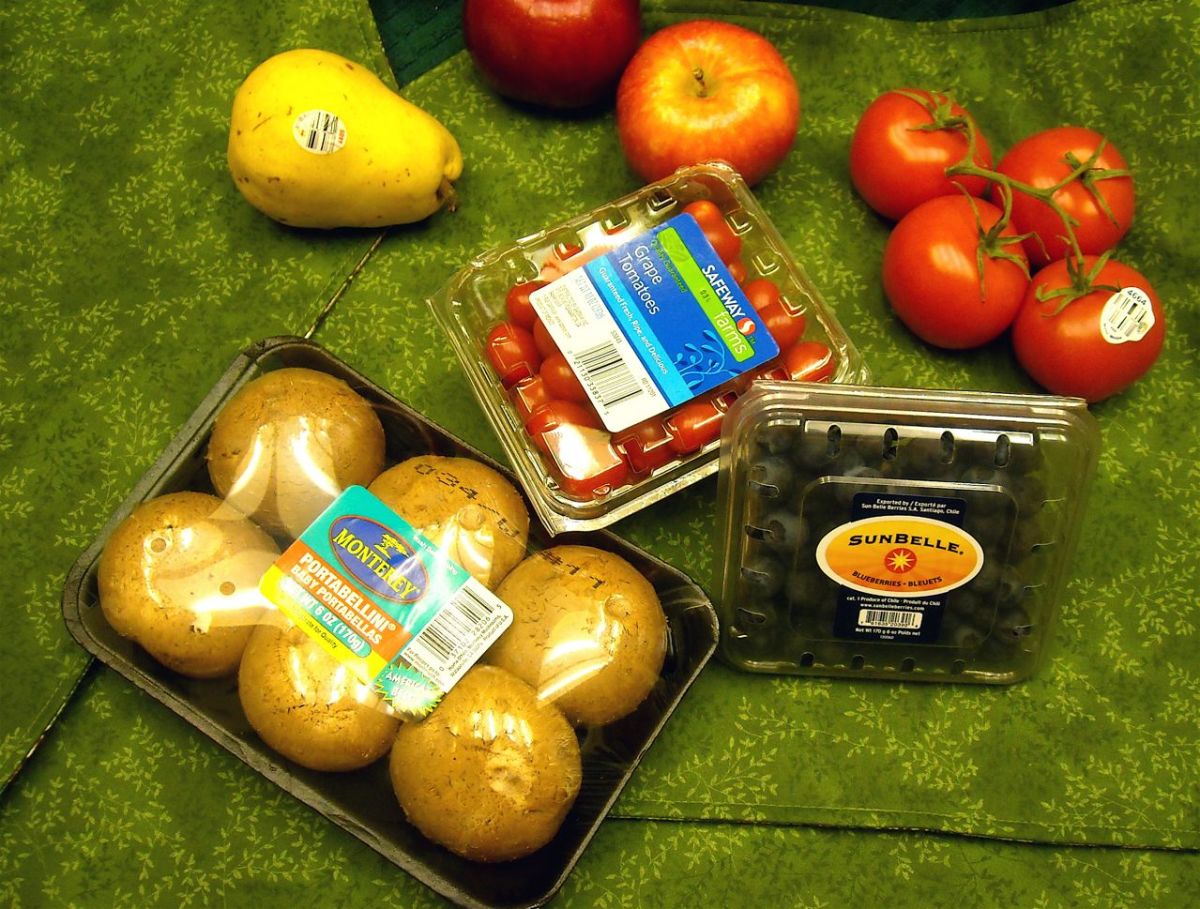
- Plastic clamshells: Clamshell packaging provides excellent protection, visibility, and stackability. It is commonly used for delicate fruits like berries, cherry tomatoes, or grapes. The hinged design ensures easy access while keeping the fruit securely enclosed.
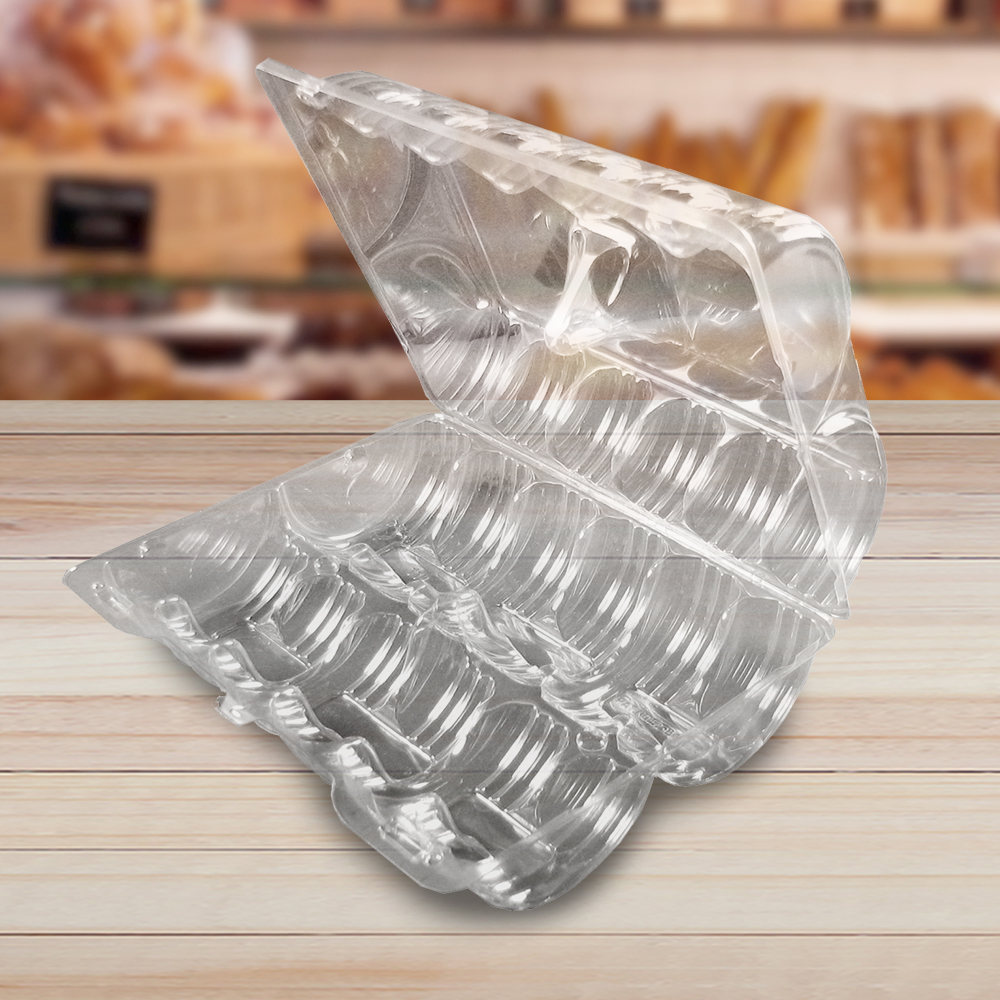
- Mesh bags: Mesh bags made from woven or knitted netting material allow air circulation around the produce, helping to maintain freshness and prevent moisture buildup. Mesh bags are often used for products like onions, garlic, or citrus fruits.
- Plastic punnets or trays: These shallow plastic containers with multiple compartments are suitable for packing small fruits or vegetables, such as strawberries, cherry tomatoes, or mushrooms. Punnets offer good visibility and can be stacked efficiently.
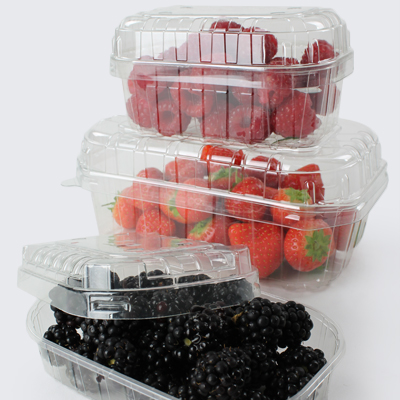
- Cardboard boxes: Sturdy cardboard boxes are commonly used for bulk shipments and larger quantities of fruits and vegetables. They provide structural integrity, facilitate efficient stacking, and are suitable for both transportation and retail display.
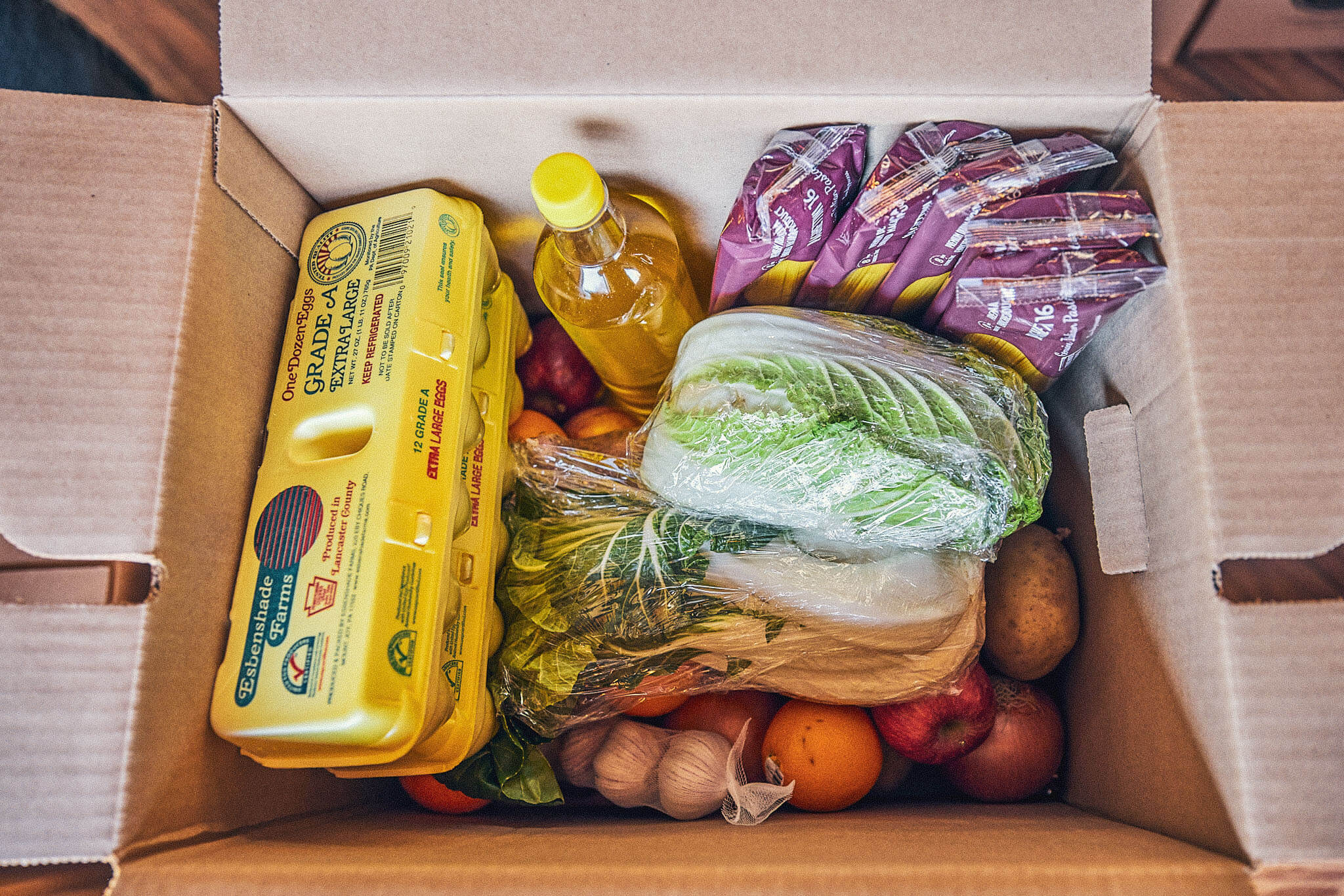
- Biodegradable packaging: With increasing environmental awareness, biodegradable packaging made from compostable plastics or plant-based fibers is gaining popularity. These eco-friendly materials aim to reduce the environmental impact associated with traditional packaging options.
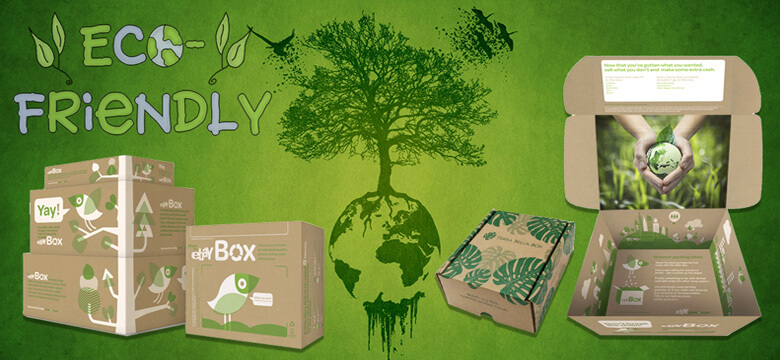
Conclusion
Choosing the right packaging for fruits and vegetables is crucial to preserve their quality, extend shelf life, and ensure customer satisfaction. By considering factors such as protection, preservation, convenience, branding, and environmental impact, growers, distributors, and retailers can make informed decisions to meet the specific packaging needs of these perishable products. Whether it’s plastic containers, clamshells, mesh bags, cardboard boxes, or biodegradable options, selecting appropriate packaging plays a vital role in maintaining the freshness, safety, and marketability of fruits and vegetables.

